We may earn money or products from the companies mentioned in this post. This means if you click on the link and purchase the item, I will receive a small commission at no extra cost to you ... you're just helping re-supply our family's travel fund.
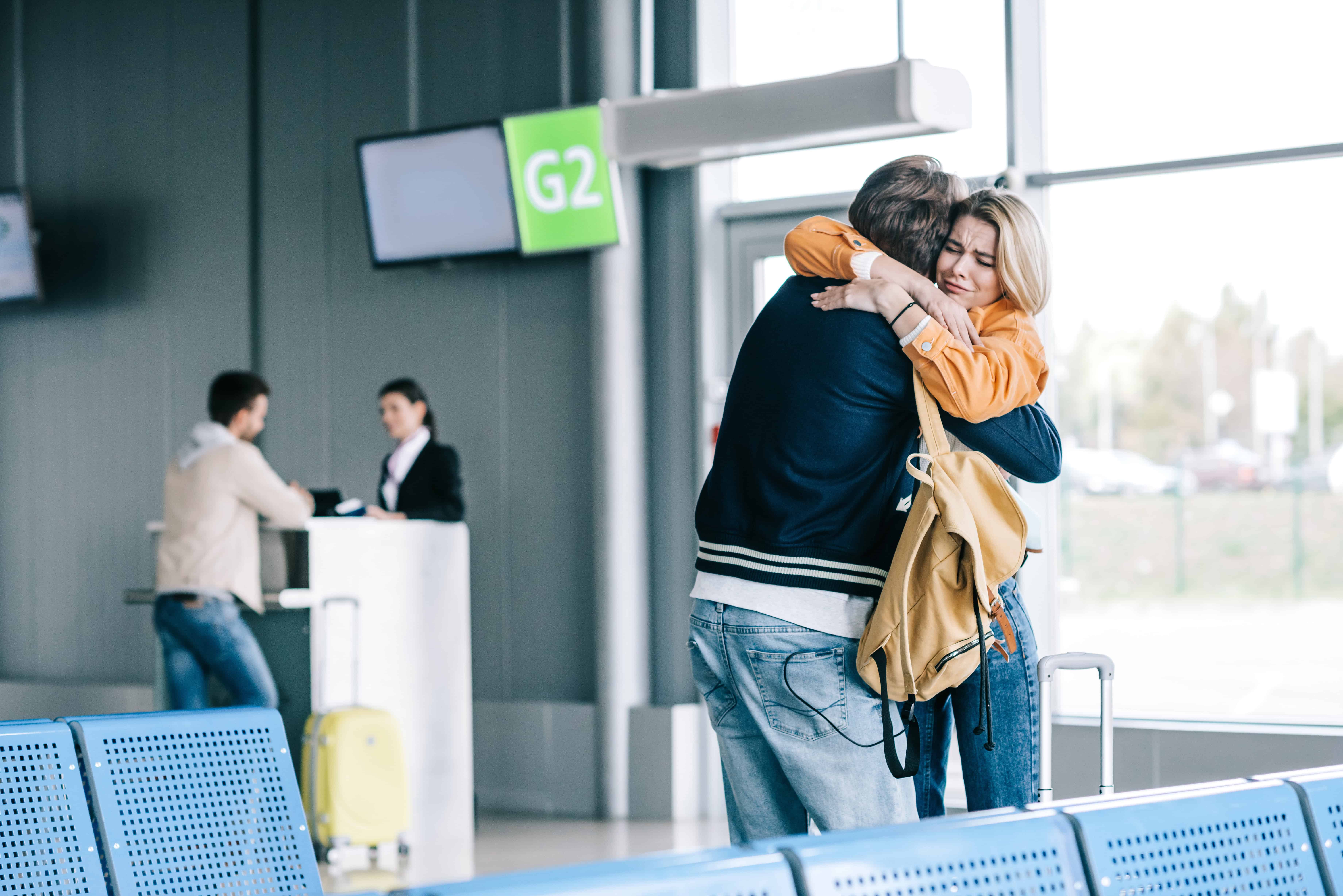
Air travel once felt informal and neighborly. Families waved at gates, paper tickets changed hands, and crew invited curious children into cockpits. The warmth was real, but so were the blind spots. Open corridors blurred sterile boundaries, curbside desks asked few questions, and baggage moved without its owner. After hard lessons, safeguards replaced nostalgia. The modern system favors verification, containment, and predictable flows. The charm faded, yet the trade brought clearer rules, fewer gaps, and safer skies for everyone else on board.
Meet And Greet Right At The Gate
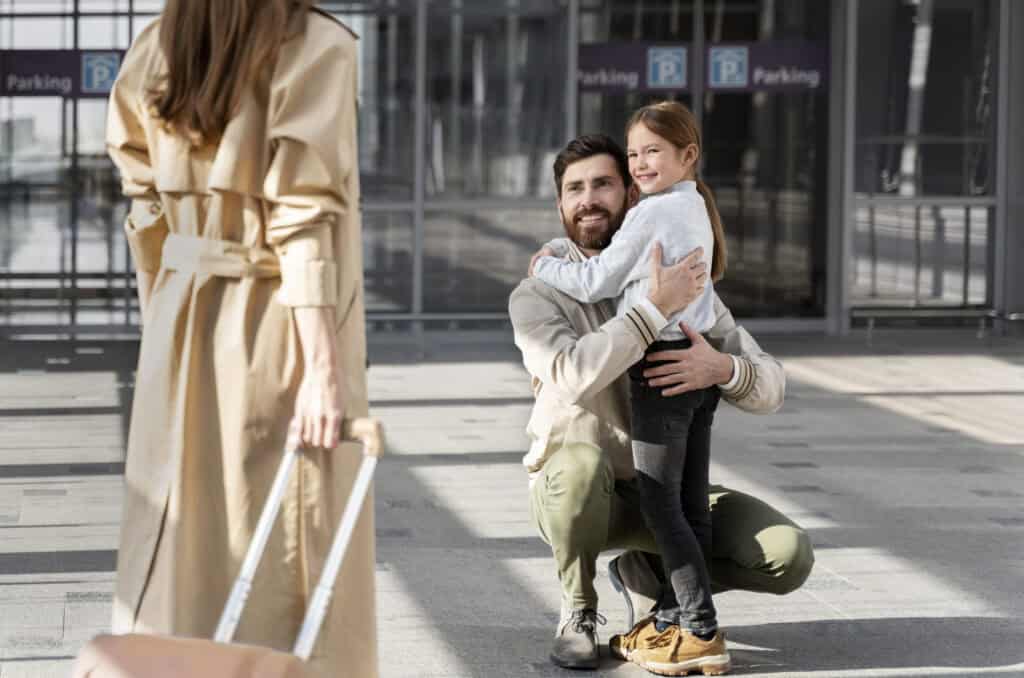
Before secure zones hardened, friends could stroll to the jet bridge with a simple nod from staff. Farewells felt cinematic, but the open access meant unscreened people reached crowded hold rooms and doorways to aircraft. Gate agents became de facto security, juggling emotions and boarding calls. When terminals shifted to sterile areas after screening, the hugs moved to checkpoints. The cost was sentiment. The gain was a controlled perimeter where every person past the podium had been cleared.
Curbside Check In With Minimal ID
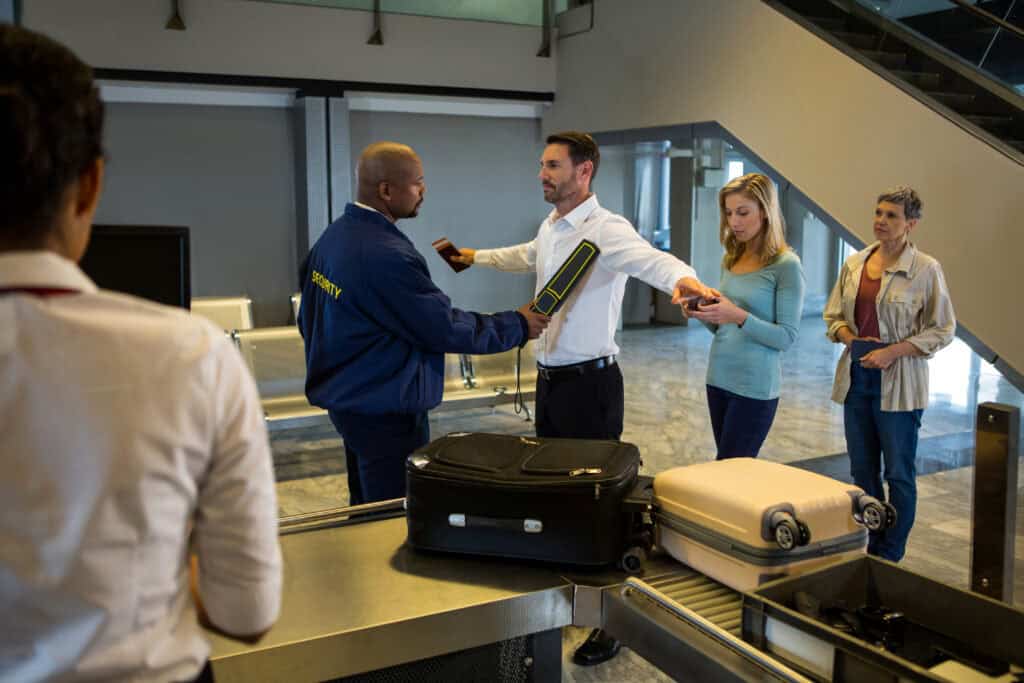
Skycaps once took bags and handed out claim tags without firm identification. On busy mornings, a name on a tag could be enough to send luggage toward a belt. The perk saved time and spared long lines, but it also loosened the chain of custody at the curb, a place dense with vehicles and easy exits. Modern curbside counters tightened procedures, requiring IDs, bag screening, and verified reservations. Convenience survived in part, while accountability moved to the front of the process.
Paper Tickets That Were Transferable

Carrier vouchers and paper tickets originally traveled between relatives with a signature and a smile. The flexibility helped families and cut waste, yet it muddied identity checks and reservation integrity. Fraudsters learned to work the gaps, and airline databases struggled to track who actually flew. Electronic tickets linked to government ID changed the balance, pairing each reservation with a person instead of a slip of paper. The romance of the paper ticket faded as traceability improved.
Unmatched Checked Baggage
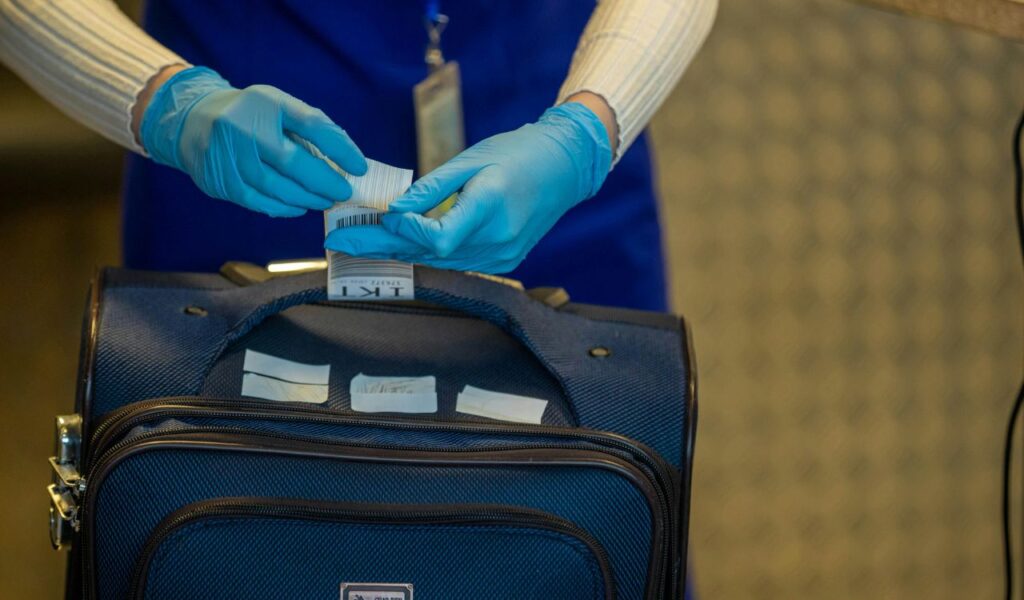
Connecting bags could ride planes even if their owners misconnected, a quirk of interline courtesy and tight banks. The result was efficiency on good days and a blind spot on bad ones, since luggage sometimes traveled unaccompanied into the hold. Policies that match bag to passenger closed most of that gap. Bags now wait with the person who owns them, schedules adjust, and tracing becomes far cleaner. Delays rose in a few corners, but custody lines grew far more secure.
Cockpit Visits And Jumpseat Photo Ops
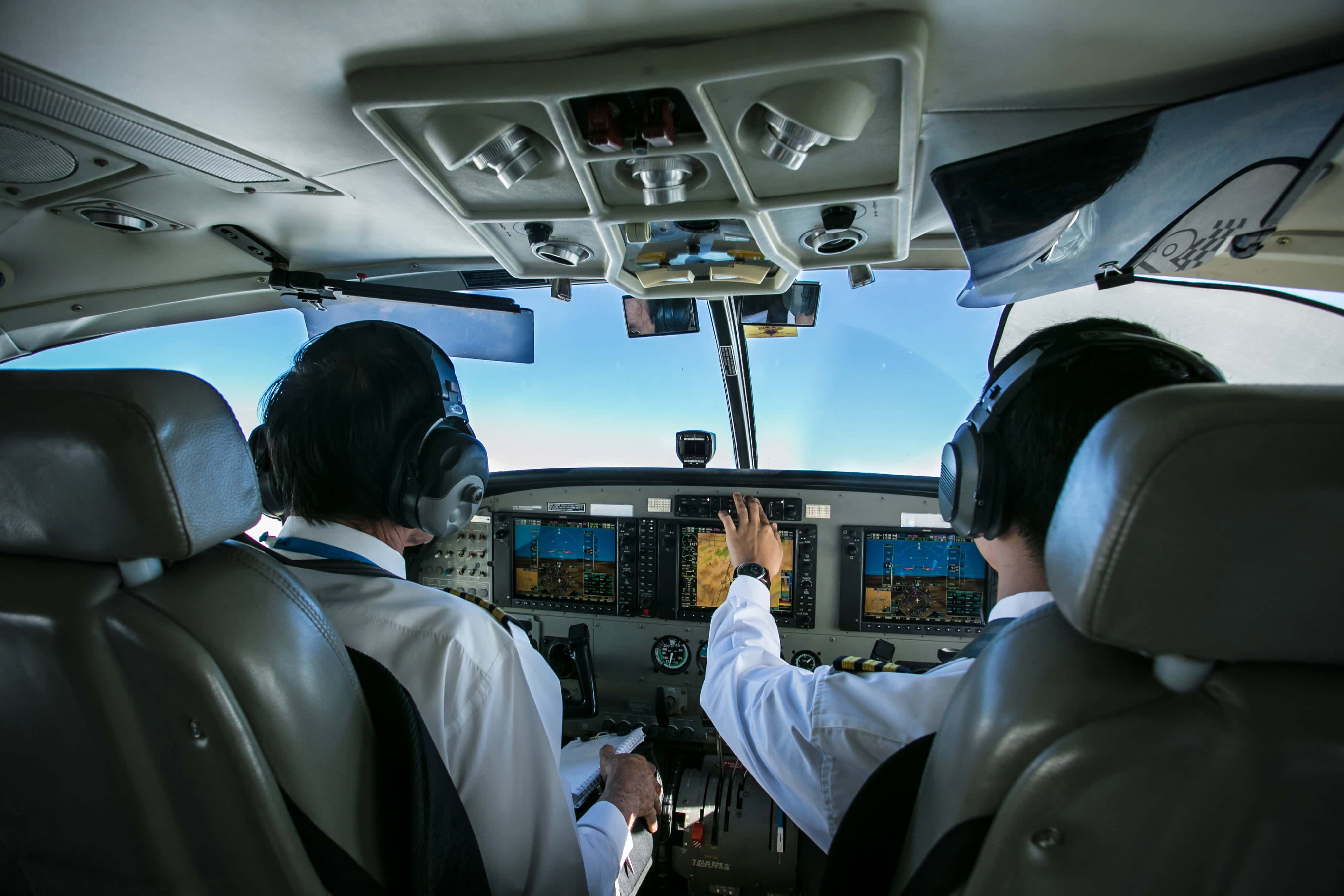
A peek into the flight deck felt like magic. Children touched yokes, families snapped quick photos, and crew enjoyed small moments of outreach. The practice blurred a critical boundary and added distractions in the most sensitive room on the aircraft. Reinforced doors, strict access rules, and sterile cockpit protocols ended casual visits and social drop ins. The human connection moved to the aisle and the galley. The cockpit returned to a sealed workspace where focus comes first.
Unscreened Observation Decks

Rooftop terraces and open air balconies brought the drama of takeoffs within a few yards of the taxiway. These spaces helped people fall in love with aviation, but many sat outside the sterile area, with easy approaches and limited monitoring. The risk was not theory. Many airports later reimagined the concept as indoor, secured galleries with cameras, controlled entries, and better sight lines. The view stayed. The path to it now runs through layers designed to notice trouble early.
Liquids, Tools, And Sharp Items In Carry Ons
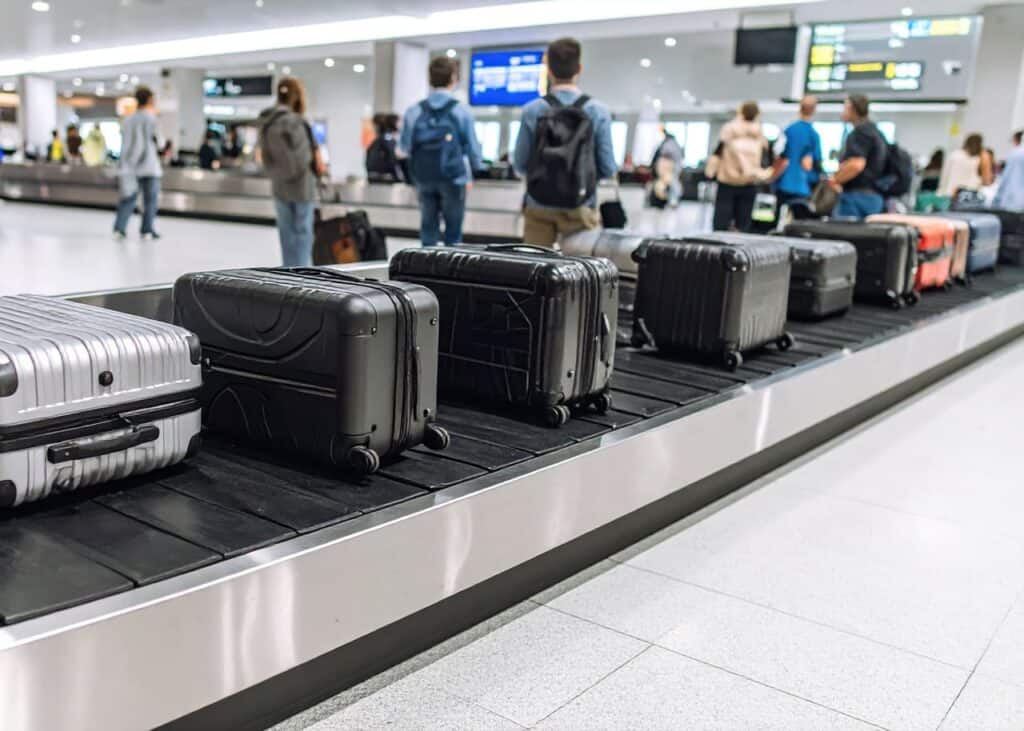
Travel once allowed full size toiletries, pocket knives, and multi tools in cabin bags. Most passengers used them for innocent reasons, yet the rule set relied on everyone’s best intentions. Updated standards replaced the honor system with size limits, clear bags, and bans that treat the cabin like a workplace with strict controls. Security lines got slower and bathroom shelves more crowded with plastic bottles. The price was inconvenience. The benefit was fewer hazards inside close quarters.
Minimal ID For Domestic Flights
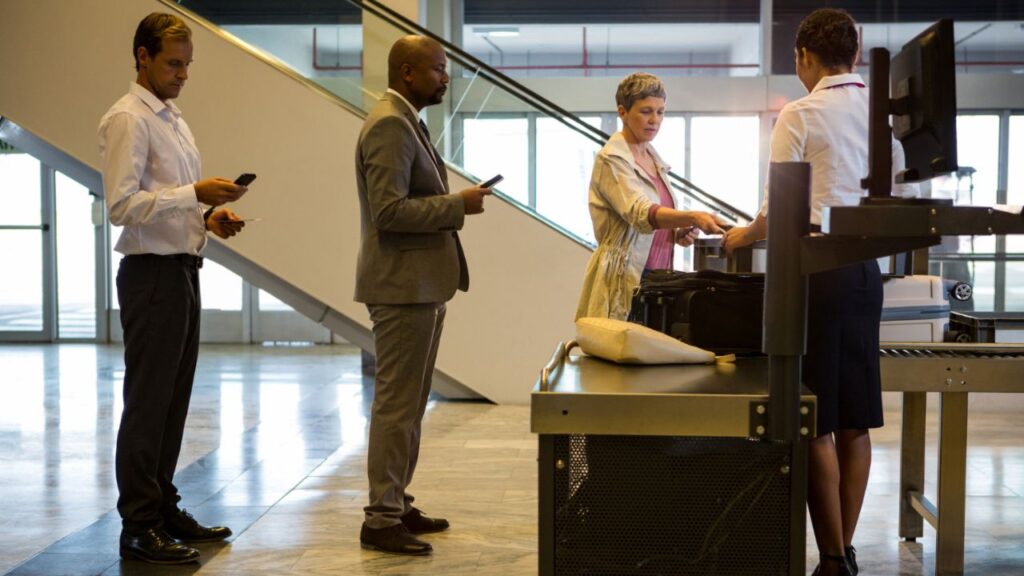
For years, many domestic trips began with a name on a boarding pass and a polite wave. Verification happened at the airline counter, not as a consistent security step, and variations across airports created exploitable seams. Government issued ID checks and digital boarding pass validation standardized the ritual. The system now links a traveler to a record before shoes ever come off. Lines feel longer, yet manifests read cleaner, and officers confront fewer unknowns at the lane.
Public Landside Access To Sterile Connectors
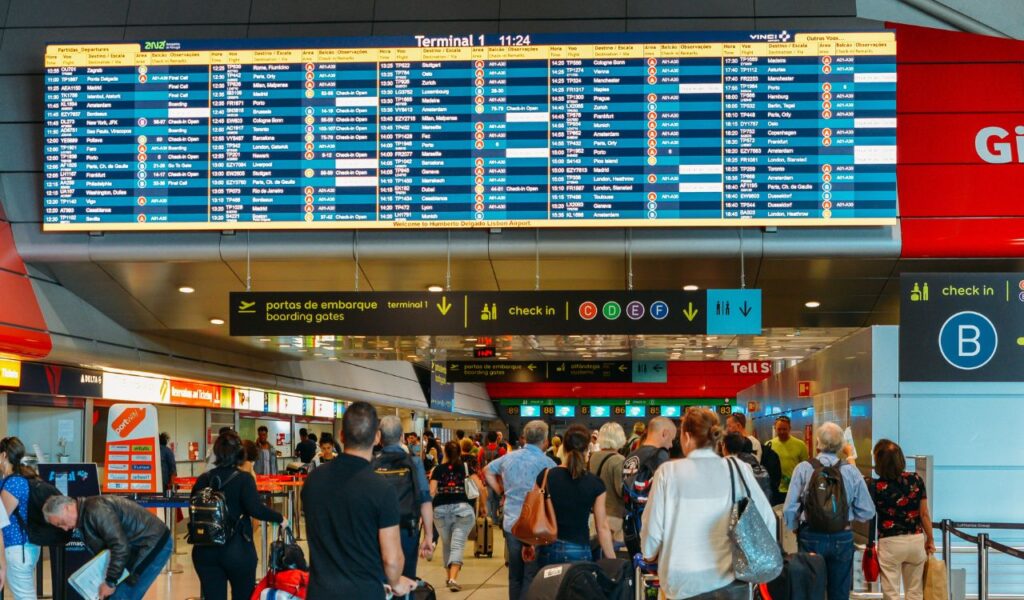
Older terminals often hid shortcuts where a landside hallway met a door into the post screening world. Staff used them, and on quiet nights others noticed. The layouts grew from incremental renovations, not malice, but they created soft points that depended on perfect vigilance. Renovations walled off the mingling zones, added alarms, and rerouted traffic into predictable loops. The terminals lost a few beloved nooks and cut throughs. In exchange, sterile boundaries finally behaved like real boundaries.